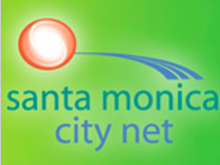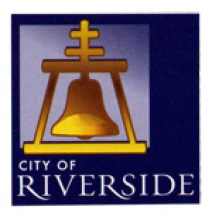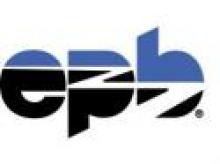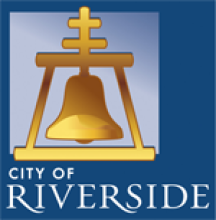Santa Monica Named Among Top 15 Government Innovators
Congratulations to the city of Santa Monica, for adding another award to their long list. On September 18th, city leaders announced that InformationWeek 500 named the city to the 2012 list of technology innovators. Santa Monica is among the Top 15 Government Innovators.
The award specifically acknowledges the Advanced Traffic Management System (ATMS) that uses Santa Monica's fiber network to improve traffic safety. From a Santa Monica Daily Press Article about the recognition:
The ATMS connects traffic signals, cameras, controllers and wireless devices on transit corridors through Santa Monica’s fiber-optic network. The entire system is managed in one room where traffic is monitored and controlled in real time. Traffic signals can be adjusted on the fly to deal with shifting traffic patterns during peak travel times, holidays, special events and traffic accidents.
Emergency vehicles can also trigger green lights, helping them move quickly through the city. The number of parking spaces available in city-owned lots and structures is also monitored and displayed on signs and on City Hall’s website. There are also Wi-Fi equipped parking meters that take payments by credit cards and cell phones.
A special website — smconstructs.org — provides the latest information on development projects, as well as road closures, detours and other impacts on traffic, according to the press release.
The city also runs parkingspacenow.smgov.net, which allows users to find a place to park their vehicles and provides information on all things parking related.
For a slideshow on Santa Monica and the other Top 15, visit the InformationWeek Global CIO website.









